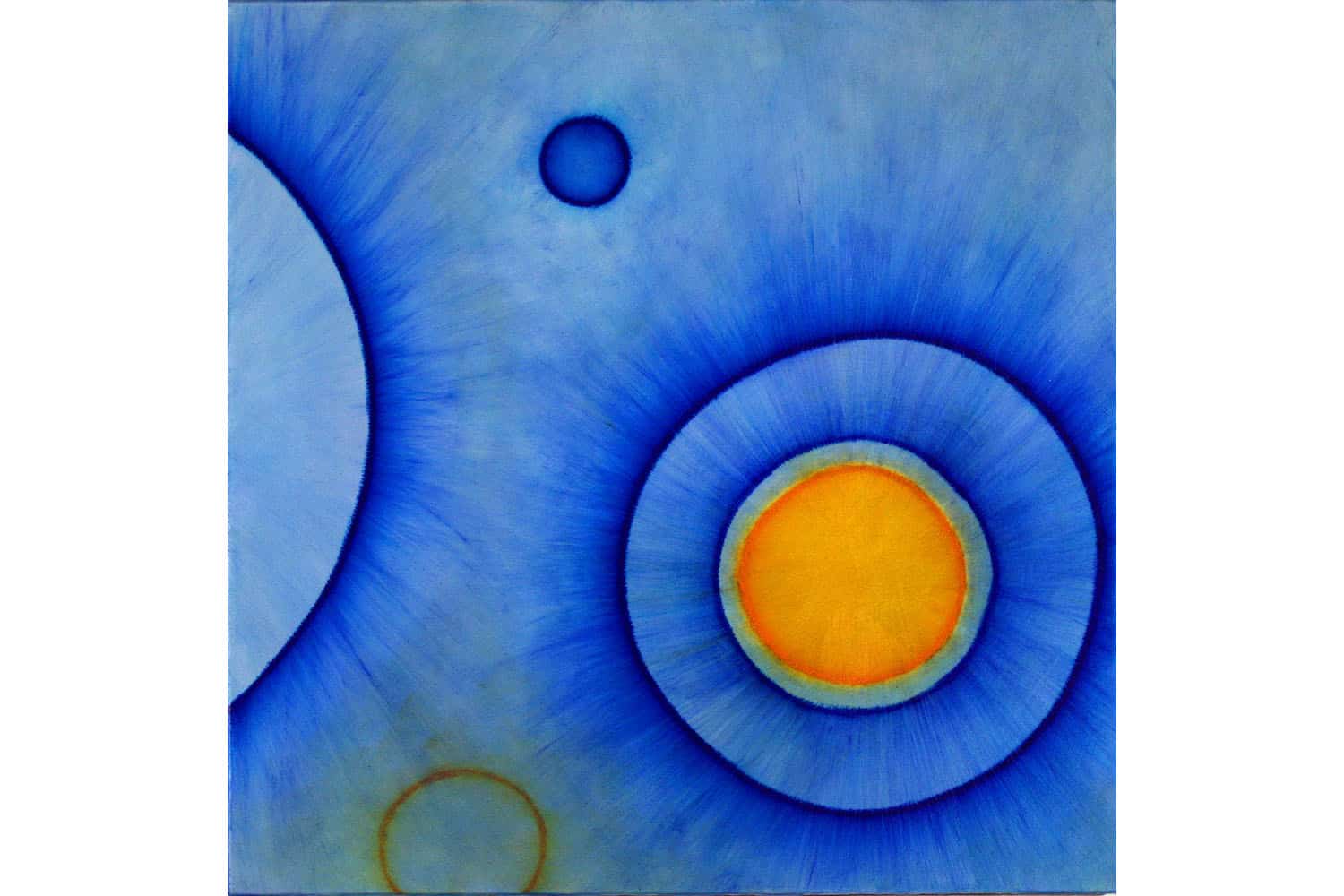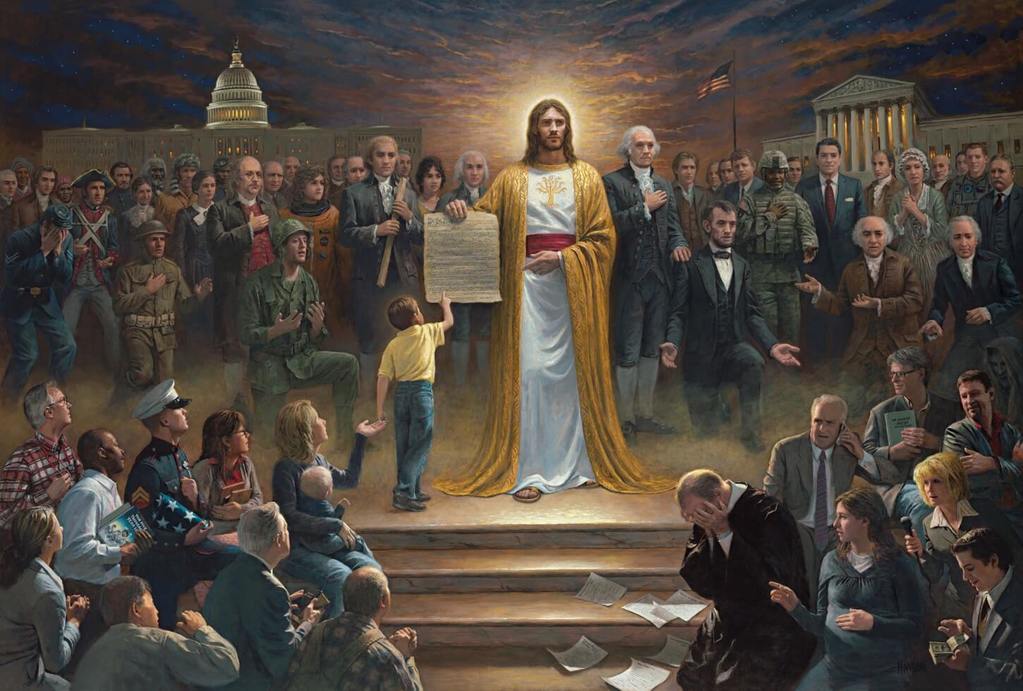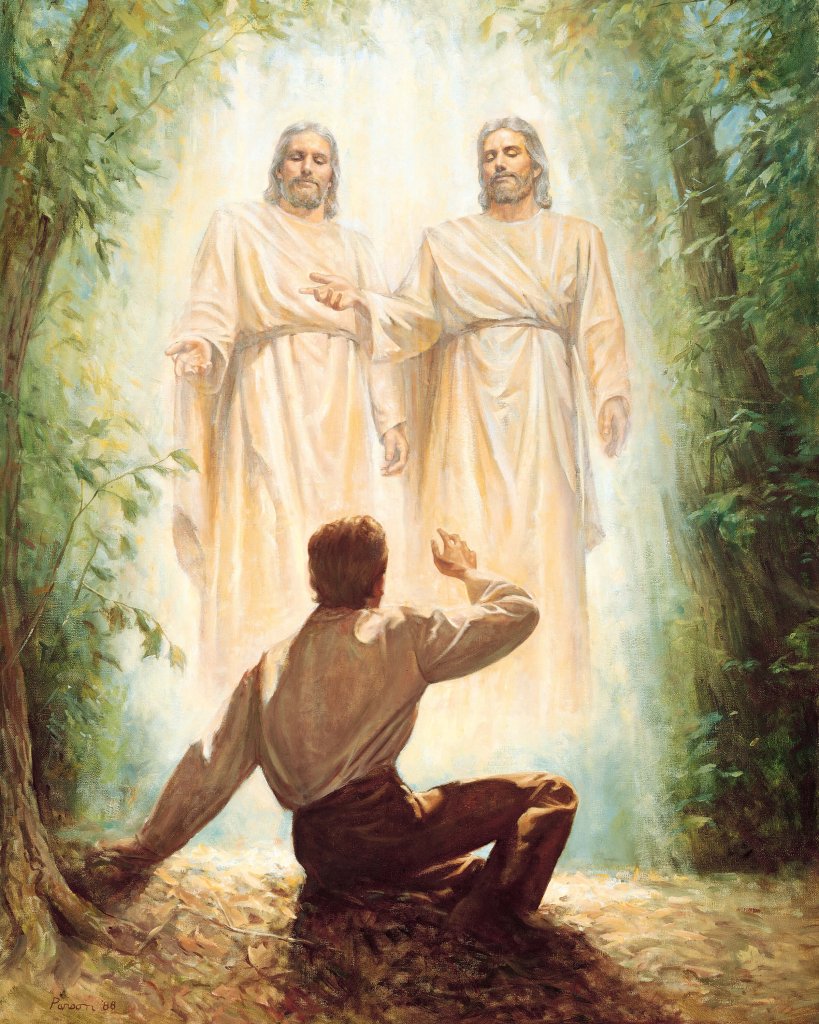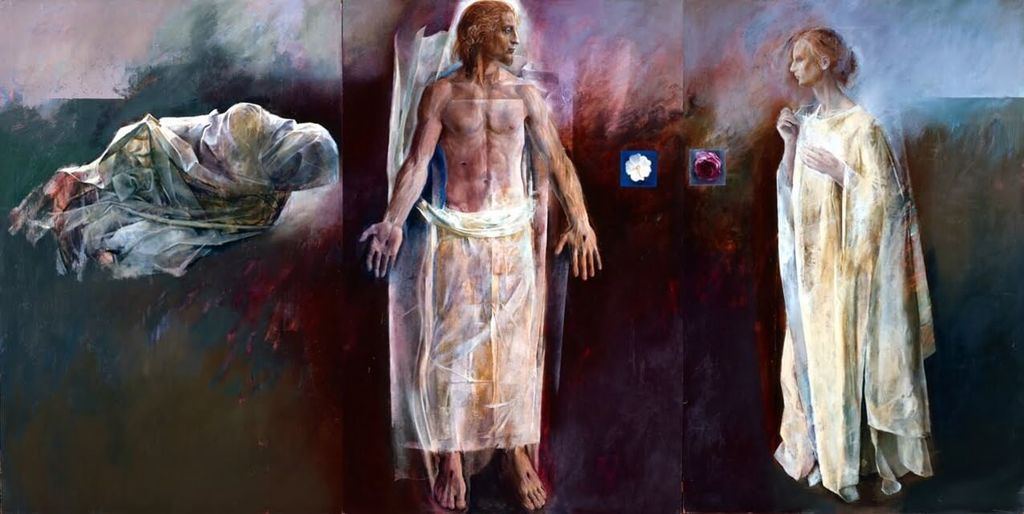The last part of my Philosophy for Theology project was to discuss my own academic interests. This will certainly give readers a better understanding of what my scholarly agenda is.

A Scholar of Art & Religion
My area of academic interest is the relationship of religion with modern and contemporary art. In large part, I focus on American art, and most specifically my work is more often than not related to art that intersects with the Christian faith though that is not always the case. I have done work on both Buddhist and Mormon influences on art. My background prior to working on my Ph.D. at the Graduate Theological Union was in studio art and art history. My initial plan was to work primarily with a more traditional art history methodology. But as my studies have progressed, I have developed a stronger interest in the philosophical and theological. While I kept my major area as art history, during my course work I took more philosophy and theology courses than art history. I discovered that philosophy and theology are both integral to my interests.
Influential Cross-Cultural Experience
In 2008, I took part in a cross-cultural experience in Indonesia where eight art professors from North America interacted with working artists from across Asia and Oceania. On that trip, there was a theologian from New Zealand who said, “Artists do Theology.” Initially, I reacted rather strongly against the statement but over the years it has become an important and enlightening statement for me. I think the statement is true in a couple of ways.
First, an artist’s oeuvre is reflective of the artist’s beliefs. Both the philosophy and theology of the artist will bleed through. Secondly, I believe that visual art is a language and that there are aspects of theology that may be better suited to expression through a visual language than through verbal language, as in word-based not just spoken. For example, the concept of the Glory of God potentially may be able to be better expressed through a large painting than through words. At the very least, it may be better expressed to certain individuals who are more fluent and sensitive to visual communication. If this is true, artists become philosophers and theologians who are “speaking” in a different language.
Navigating the Intersection of Art, Philosophy, and Theology
For my project, it has become increasingly important to understand these issues. I see myself as occupying a place between artistic practice, art history, art theory, philosophy, and theology. As a result, it is important that I understand the various areas so that I am better able to bridge this gap.
With this in mind, I took a course on Theology and Aesthetics where my final paper argued for an expanded notion of theology to include “Visual Theology.” This paper was later adapted into an article. Since I come from an evangelical background and I wish to speak into that world, I consciously designed the arguments of the paper to address evangelical concerns. But, I have also found some of my best support from Catholic thinkers such as Richard Viladesau and Hans Urs von Balthasar.
Addressing Evangelical Concerns
The evangelical movement does not have the rich history of thought that is found in the Catholic world. Evangelical thinkers such as Mark Noll, who interestingly found his academic home at Notre Dame, have famously argued that there is little to no “evangelical mind.” Peter Enns has gone a step further to argue that the evangelical ethos actively subverts the sort of divergent thinking required in academic work. He points out that academic pedigree is important to evangelicals so long as the academic comes to the same prescribed conclusions as evangelicalism has traditionally held. To challenge those conclusions can be very difficult while seeking to maintain a voice within the evangelical world.
Considering that evangelicalism has long neglected the arts, occupying a space that overlaps art and religion can be problematic. There is hope though because over the last several years there has been a growing interest in this intersection. Groups such as Christians in the Visual Arts and thinkers such as Daniel Siedell have helped to open a space. But, there is still great difficulty that requires significant artistic, philosophical, and theological sophistication to navigate.
Theological Depth in Art
Artists of faith often seek, very intentionally, to integrate their faith into their work. Some artists do this on a very simplistic level. But, better artists are often integrating very sophisticated philosophy and theology into their work. Edward Knippers is an artist whom I have studied and written about. Knippers does very large paintings of Biblical scenes in which all the figures are nude. Given the ethos of the contemporary art world, one might assume that he does this for a shock value.
He is actually a sincere believer who paints this way for very specific philosophic and theological reasons. To over-simplify, Knippers is very incarnational in his theology and sees the human body as the timeless element that connects all humans throughout history. So, in painting the figures in the nude he is speaking to the timeless truths of the Biblical narratives. Considering American evangelicalism’s origins within 19th-century temperance movements, it is not surprising that Knippers’ work has generated a good deal of controversy. One piece that I wrote on Knippers focused on the use of nudity in art within evangelicalism.
While Knippers was the main artist in this written piece there was a much broader theological focus on the tensions produced by nudity in art within evangelical circles. Another essay on Knippers looks at his use of both traditional and idiosyncratic iconography within his work. This required both an art historical and a theological understanding. The final piece in which I used Knippers’ work was a piece where I looked at five evangelical visual conceptions of Christ and examined those images as either reflective or formative of broader evangelical conceptions of Jesus. In this piece, it was important to understand both the philosophical and theological implications of the artist’s work.
Fluid Boundaries Between Theology and Philosophy
In my work, I tend to approach theology and philosophy in the same way as the ancients, with very little distinction. For me, the difference between theology and philosophy has more to do with how the questions are asked than anything. For example, I am working on a piece that began in my philosophical aesthetics class and has become a part of my comprehensive exams in which I seek to systematize the relationship between the concepts of beauty, sublime, ugly, and pretty in a new light. I cannot divorce my theistic presuppositions from my work. However, my approach is not primarily Biblical or ecclesiastical so I tend to view it as philosophical rather than theological but, for me, those lines are very fluid.
The Eye of the Beholder
My primary innovation in the paper is the addition of the category of “pretty.” This allows me to shift the definitions of the other terms so that they are, to me, more coherent. But, my work begins with some Thomistic concepts and incorporates both Kantian and Hegelian ideas, so while rooted in a theistic approach it draws heavily on the philosophical tradition. In the Thomistic tradition, beauty is defined as “that which when seen pleases.” Essentially I agree with this, but I distinguish between the intellectual delight caused by beauty and the sensual delight that is caused by the pretty. This conception allows for both the “oughtness” that Kant describes in relation to beauty and the relativity inherent in the maxim, “beauty is in the eye of the beholder.”
In my conception, the pretty truly is in the eye of the beholder. It is completely subjective in the same way that the sensual pleasure that broccoli brings some and not others is subjective. It is rooted in personal taste. This conception also slightly shifts ugly to be the opposite of pretty rather than beauty since ugliness is conceptualized as that which causes sensual displeasure. The place where a theistic and spiritual element clearly remains in my system is with the sublime. The sublime is where transcendence is felt. Sublime pushes toward that which is beyond us and beyond the medium that is expressing it. Here I latch onto the Hegelian concept that the sublime is where the content is beyond the form. Paintings of oceans, mountains, and the cross all have content that is beyond the medium.
Theological and Philosophical Essence of Art
From my perspective, art is inherently both theological and philosophical. Edward Knippers says that “art is spiritual by its nature in the same way that water by its nature is wet.” Hegel argues that the subject of art is God, the absolute. While Knippers and Hegel have very different conceptions of God, I think they are both correct in their intuition. There is something about art that is inherently more than the object. There is a fusion of spirit, intellect, and matter. Several years ago I wrote a review of the Beyond Belief exhibition (SFMOMA’s collection exhibited at the Contemporary Jewish Museum) for Christians in the Visual Arts. In that review I argue:
[T]he central element of Christianity is the incarnation of Christ when the ineffable was made particular, material, and expressible. In some ways, every work of art in Beyond Belief was seeking to do exactly what the incarnation does for the Christian. The artist translates their ineffable sense of spirituality into a particular material work of art which becomes an object of devotion or, in aesthetic terms, an object of disinterested contemplation… Art invariably makes the ineffable known… Every piece of art is an incarnational object.
Frankly, I don’t know how to separate the theological from art nor do I know how to separate pure theology from pure philosophy. For me, art and the study of art is a holistic expression of humanity—an expression of mind, body, and spirit.
This essay is from our Anastasis Series where we resurrect articles from the past that are either still relevant today or can be easily updated. This piece was first published on March 18, 2014, and has been lightly edited and updated.








